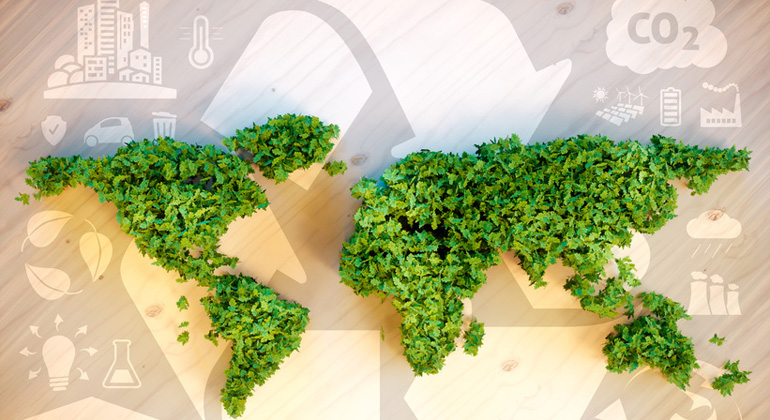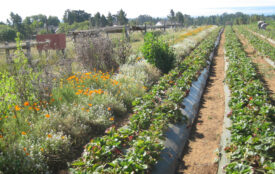Improving prognoses for a sustainable future
Improving prognoses for a sustainable future.
Whether it’s electric automobiles, renewable energy, carbon tax or sustainable consumption: Sustainable development requires strategies that meet people’s needs without harming the environment. Before such strategies are implemented, their potential impact on environment, economy, and society needs to be tested. These tests can be conducted with the help of computer models that depict future demographic and economic development and that examine the interplay between industry and the climate and other essential natural systems. Together with his Norwegian and US colleagues, junior professor Dr. Stefan Pauliuk at the Faculty of Environment and Natural Resources at the University of Freiburg undertook the hitherto most comprehensive review of five major so-called integrated assessment models. Published in the scientific journal “Nature Climate Change,” the team’s results show that these models exhibit substantial deficits in their representation of the industrial system, which may lead to flawed estimates of the potential environmental impacts and societal benefits of new technologies and climate policies.
Integrated assessment models create scenarios for the most cost-effective transition toward a sustainable supply of materials and energy while taking the planetary boundaries into consideration. “The scenarios generated by the models are an important instrument for environmental policy-making,” says Pauliuk. “They show that it is technically feasible to achieve a central goal in global climate policy: Namely, to limit average global warming to a maximum of two degrees Celsius compared to the level at the beginning of the Industrial Era.” As a consequence, the model results were important during the preparatory negotiations leading up to the Paris Agreement that came into effect in November 2016 with the intention of mitigating climate change. The models’ results also play a significant role in the latest assessment report issued by the Intergovernmental Panel on Climate Change (IPCC), where they are used to link the mitigation options described for different sectors such as buildings, transport, or energy supply.
“Because the models’ results are so important to decision makers, the questions arises about their validity and robustness,” says Pauliuk. As a result, the researchers paid particular attention to the way in which the models represent the industrial system; that is, the global value chain of production, processing, and use of energy, materials, and consumer goods as well as recycling. The industrial system is the source of all man-made goods. At the same time, it is also the origin of all emissions to the natural environment. But the representation of the industrial system in these models is incomplete, according to the researchers. “In particular, the cycle of materials, for instance of iron and copper, but also the representation of urban infrastructure is completely missing,” explains Pauliuk. This fact may lead may limit the predictive capacity of the models bot more research is needed: “It remains to be shown how ignoring core parts of the industrial system influences the feasibility of certain scenarios to mitigate climate change. In addition, important strategies to reduce emissions such as recycling, material efficiency, or urban density have not been considered at all.” Researchers are now called to expand the models to more accurately describe the cycle of materials and other details concerning the industrial system. The ultimate goal is to obtain more realistic prognoses for climate and resource policies.








